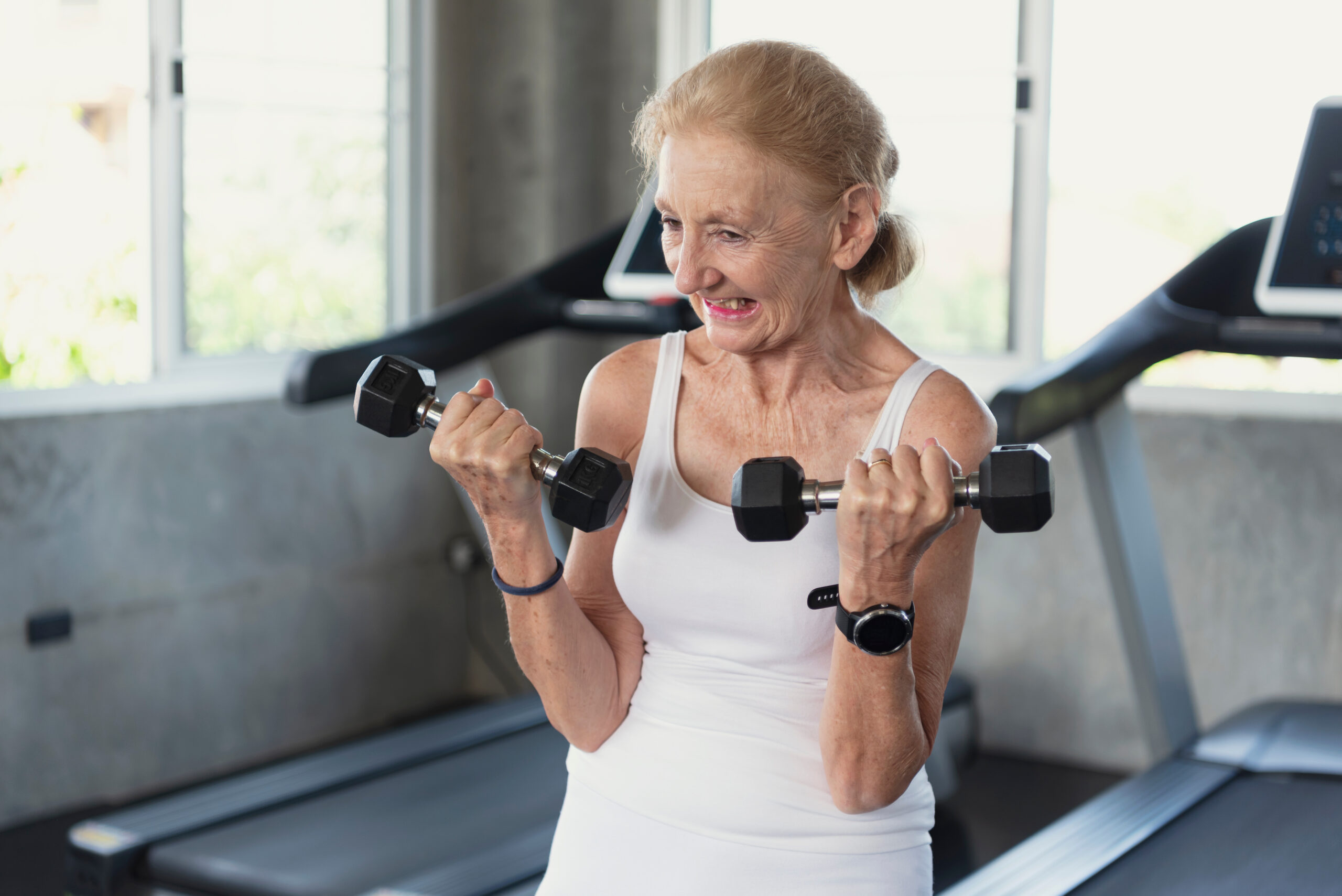Does it take a village to prevent seniors breaking their hips?
Preventing hip fractures in seniors is a complex issue that indeed requires a collective effort, much like the old adage “it takes a village.” Hip fractures are not just a minor setback; they can be life-threatening for older adults, often leading to long recovery periods and sometimes permanent disability. So, what does it take to prevent these fractures?
First, let’s look at the role of diet and nutrition. A “prudent” diet, rich in calcium and vitamin D, is crucial for maintaining strong bones. This dietary approach has been linked to a lower risk of bone fractures and heart disease in seniors[2][5]. Regular nutritional supplementation and a balanced diet can help ensure that seniors have the necessary nutrients to support bone health.
Exercise is another key component. Engaging in both aerobic and resistance training can help improve muscle strength and balance, reducing the risk of falls[1][5]. This is important because falls are a major cause of hip fractures among seniors. By staying physically active, seniors can maintain their independence and reduce their risk of injury.
Medical management also plays a vital role. Conditions like anemia need to be effectively managed, as they can increase the risk of fractures[1]. Moreover, adherence to osteoporosis medication is crucial for maintaining bone density and preventing fractures[5]. Medications like bisphosphonates and teriparatide can help slow down bone loss and even stimulate bone formation, making bones stronger and less prone to fractures.
In addition to these individual efforts, modifying the living environment can significantly reduce the risk of falls. Installing grab bars in bathrooms, improving lighting, and removing tripping hazards are simple yet effective ways to make homes safer for seniors[4]. New technologies, such as smart belts designed to reduce the impact of falls, are also being developed to help protect seniors from hip injuries[3].
Lastly, community support is essential. Encouraging seniors to stay socially engaged and connected can help them maintain a healthy lifestyle and seek medical care when needed. Support from family, friends, and healthcare providers can ensure that seniors adhere to their treatment plans and make necessary lifestyle changes.
In conclusion, preventing hip fractures in seniors does indeed take a village. It requires a combination of individual efforts, such as maintaining a healthy diet and exercise routine, adhering to medical treatments, and modifying living environments. It also involves community support and the use of innovative technologies to create a safer and healthier environment for seniors. By working together, we can significantly reduce the risk of hip fractures and help seniors live healthier, more independent lives.





